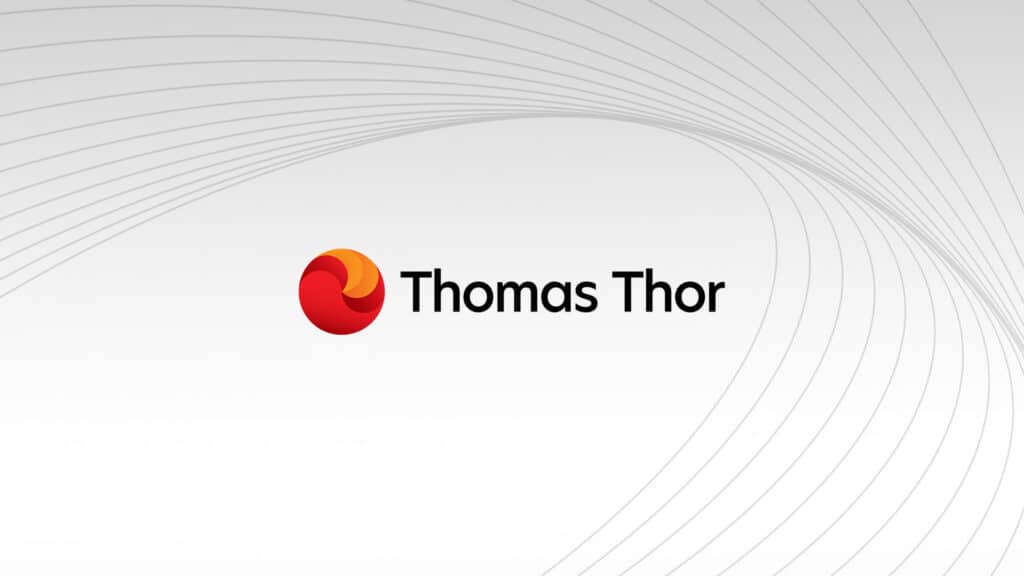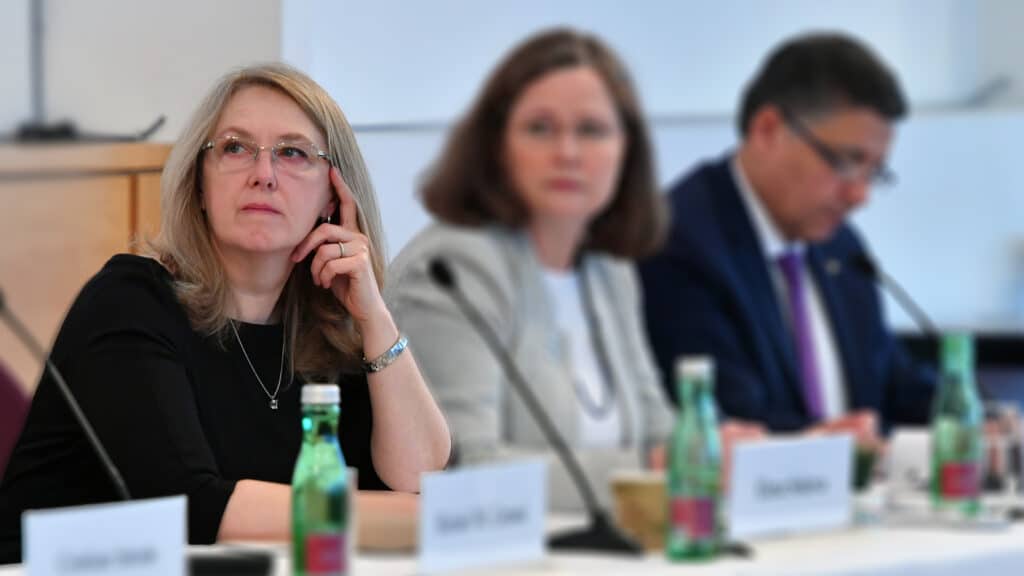What does a vending machine, a lifebuoy, bananas and heavy metal music have in common?

Tackling perception change and engaging new audiences
As the nuclear energy industry seeks to play a greater role in addressing climate change and achieving global commitments to NetZero, perception and understanding remain a key challenge. The industry has done much to engage and empower the young professionals driving the sector through groups like the Young Generation Network, the Next Generation Nuclear Industry Council and Nuclear Graduates but, to many beyond these informed groups, nuclear energy remains an enigma. Legacy myths and misunderstandings persist.
The last few years has seen a growth in advocates and a shift in opinions about the positive contribution of nuclear to the future global clean energy mix. Business leaders such as Bill Gates and Elon Musk, environmentalists such as Zion Lights and even some cultural figures such as U2’s The Edge, have all called for policy makers to think again about how nuclear can contribute to a reliable, sustained source of clean power in combination with renewables such as hydro, solar and wind. Let’s not forget that nuclear energy already provides around 20% of the electricity in the UK without emitting greenhouse gasses. The UK government includes nuclear energy in its Ten-point plan for a Green Industrial Revolution. But there remains a reticence and many countries continue to decommission nuclear power plants.
Against this backdrop and with COP26 on the horizon, we wondered what the opportunities might be to re-engage audiences with the topic of nuclear energy and start to think again about how, where and when the industry communicates. Technical innovations and world-class talent within the industry befit a far braver, confident voice in public discourse. Pride even. So, we asked – What would a group of creative minds from completely outside of the sector make of a brief ‘to make nuclear a more accepted part of the UK’s clean-energy future’?
Working in partnership with EDF and on behalf of the UK’s Nuclear Industry Council, Thomas Thor engaged London’s School of Communication Arts (SCA) to tackle exactly this question over two weeks in May. And the process, as well as the recommendations, was exceptional.
25 students presented a wide spectrum of ideas that sought to disrupt, inform and entertain. We saw concepts that dramatized the comparatively tiny size of nuclear waste, ideas that tackled air pollution, education on the relative safety of nuclear energy and even one initiative that looked at the comparative climate benefit of veganism. The breadth and enthusiasm for the challenge was impressive, as was the use of bananas, vending machines, lifebuoy’s and heavy metal music! There was even a song.
And whilst the intention was not to create a communications campaign for immediate roll out, the initiative proved important on a number of fronts, and has sparked renewed discussion between the policy makers, opinion formers and industry leaders shaping the UK’s nuclear sector:
- How can the UK nuclear industry achieve greater coordination and alignment of its messaging and engagement strategies?
- How can we be braver in how, where and when we tell our story? Serious and rational is only one approach. The student work reminded us of the importance of tone and the full use of social channels available today.
- How do we continue to tackle the basics? For those beyond the sector, addressing questions on waste, safety and cost remain important, and to reframe nuclear energy in today’s context.
- How do we help more people engage and discover? Discovery shifts opinion. Nuclear energy is not an easy topic to engage with, but this project demonstrated that the more people learn, the more they reappraise.
We are interested in your views on this topic so please feel free to comment and share your perspectives.
Share this article
Related articles
Help us grow and achieve your potential at a values-driven business.




